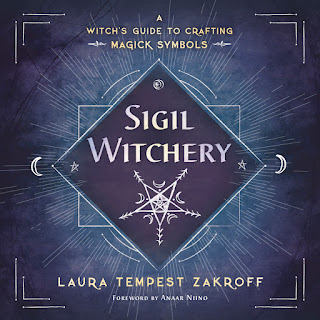Review: Turbine Syndrome by Tommie Kelly
.png)
Tommie Kelly's Turbine Syndrome is described by the author as "a magic ritual, dressed up as a soap opera, the goal of which is to end the world as we know it." Ominous, indeed! However, as with any work produced by such an experienced magical practitioner and artist, it's probably worth contemplating the meaning of such a description from various perspectives. Alan Watts wrote that waking up to who you are requires you to let go of who you imagine yourself to be, and, certainly, this seems to be the character journey of the protagonists in Turbine Syndrome. As with many of the greatest and most profound journeys, a guide may appear to offer advice, commentary, or even to mock our attempts to untangle our distractions and illusions as we set out on our path. We meet such a messenger at the beginning of this story: the symbolism and art offering a few different interpretations of how such a figure has manifested o





